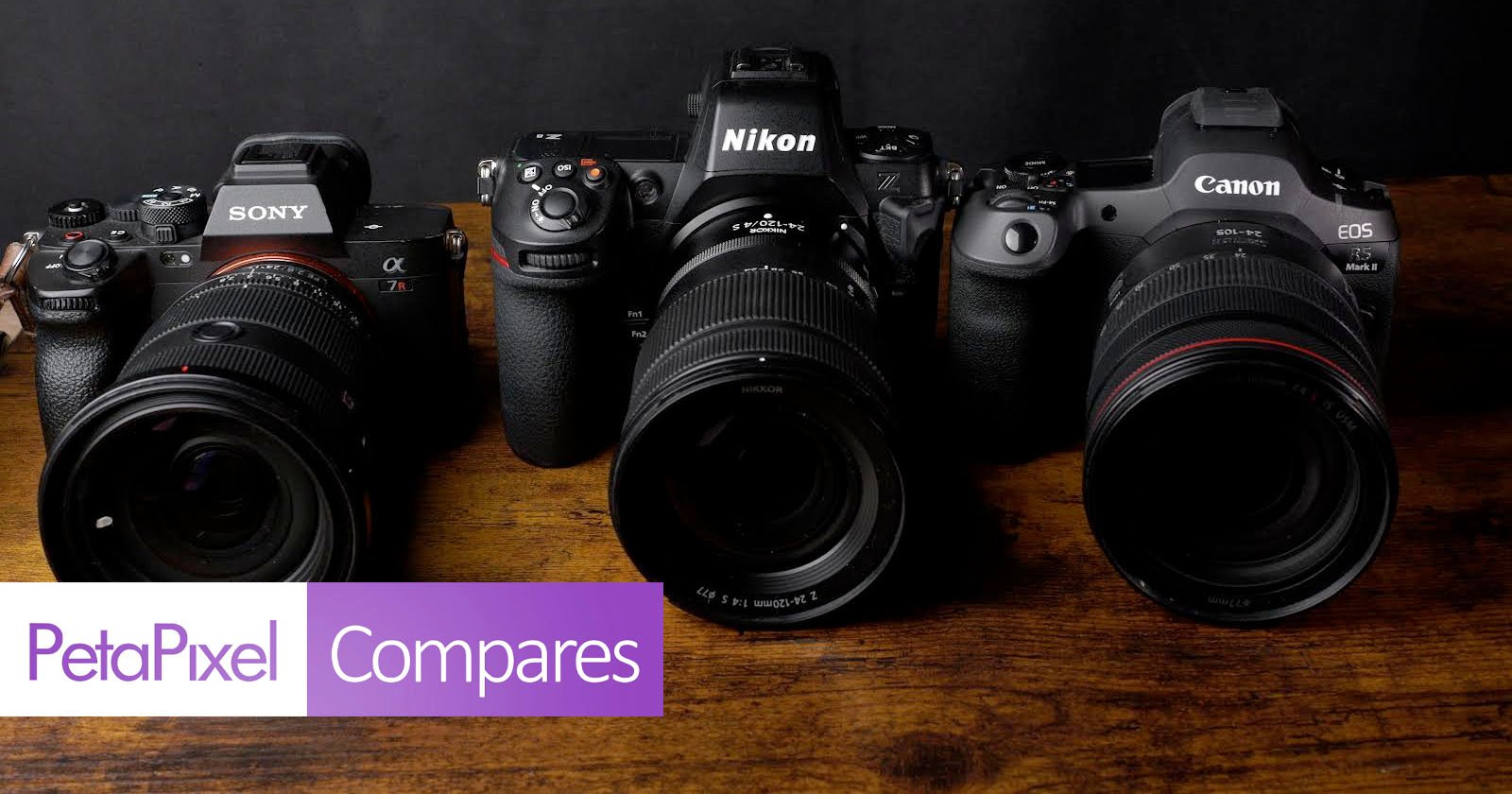
[ad_1]
In the past, we did a versus battle between the Sony a7R V and the Nikon Z8 but recently Canon updated its R5 II and we thought it to be the right time for a three-way fight.
My favorite cameras are not the big flagships but rather the high-end enthusiast cameras; namely the Sony a7R V, Nikon Z8, and Canon EOS R5 II. These cameras are more compact than the top-tier bodies yet have the latest technology and are more suited for various photography genres.
The Sony a7R V is priced at around $3,898, the Nikon Z8 comes in at roughly $3,796, and the Canon EOS R5 II debuted at $4,299, so all three cameras are pretty close when it comes to price. But which one is the best for you?
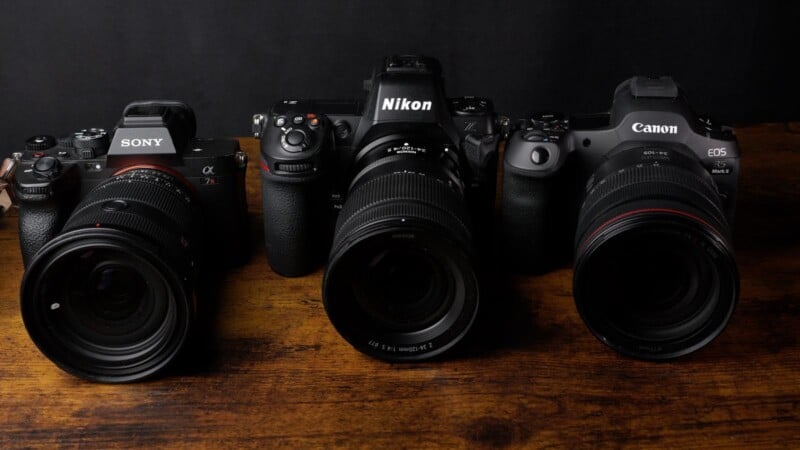
This time around, we changed the criteria for our rankings to the following categories: handling, displays, image quality, action shooting, and video. Rather than delve into autofocus performance separately from burst rates, we wanted to judge the cameras on their overall action photography capabilities as all cameras nowadays are capable of reliable autofocusing in less intense situations.
At a Glance
Handling
It’s important to state that an opinion on the ergonomics and handling of a particular camera is very subjective. Everyone is going to rate some aspects as more important than others. With that said, in third place I’m going to choose the Nikon Z8.
Now with that said, I love the Nikon Z8 handling. It is laid out intuitively and has excellent customizability and functionality. But it’s simply too large for me to fully enjoy. I find it a little heavy and a little bulky with a grip that is not quite as comfortable as I would like. I absolutely get that other photographers would prefer the Z8 for exactly these same reasons.
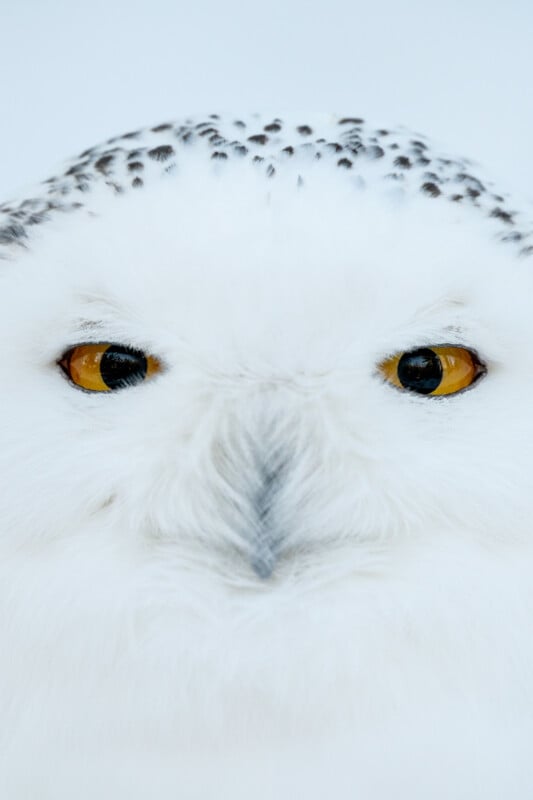
In second place, I’m choosing the Sony a7R V. Sony has come a long way to improve its menus and camera design. It is not a sexy camera nor is it the most intuitive but it is compact and comfortable for me to use. I like the triple control dials and autofocus joystick; it has become very familiar to use.
That leaves the Canon EOS R5 II as our first-place winner. The original R5 was well-loved for its natural intuitiveness and balanced body design and everything we didn’t like about it was fixed in the latest version with a proper photo/video selector switch on the left side of the camera and an on/off switch right next to the shutter.
The R5 II also has one of the most intuitive touchscreen interfaces which makes it very easy to adjust settings any way that you like. You can use the joystick or the control dials or the touch screen without needing to think about it, and in a stressed situation this is hugely beneficial.
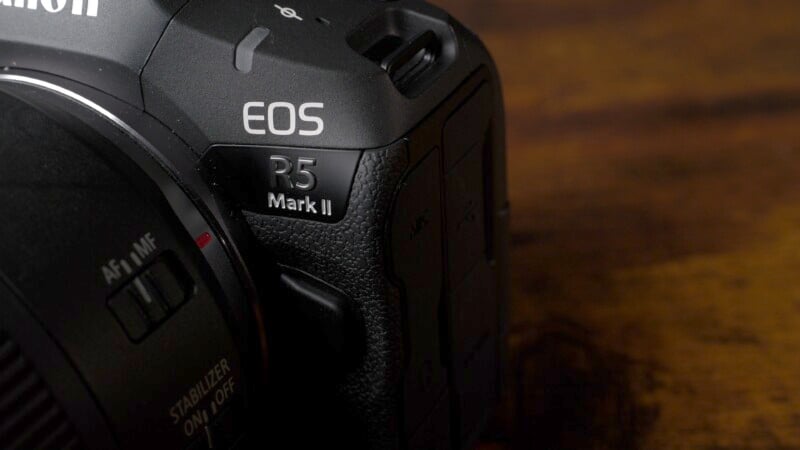
Displays
Third place is again going to the Nikon Z8. There is nothing wrong with the EVF on the Z8 as it refreshes quickly with no lag. However, it does have the lowest resolution at 3.69 million dots. This is acceptable but the competition pushes further. Some users will prefer the LCD panel articulation which avoids a selfie orientation and still gives vertical and horizontal tilt.
Second place goes to the Canon EOS R5 II with a classic “canonesque” fully articulating screen and a very nice 5.76-million dot EVF. Many photographers worry about damaging the LCD panel but I’ve never personally seen a vari-angle design break and I like that it is reversible to protect the glass when desired. The EVF itself is clear and sharp with a larger optical viewer than the previous model.
First place has to go to the Sony a7R V because of pure numbers. The 9.44-million dot EVF refreshes fast and gives lots of resolution to evaluate the high-megapixel images that it produces. I also think the back panel’s articulation is the best around. You can tilt it vertically and horizontally like the Z8 but also flip it for selfie and video work like the R5 II.
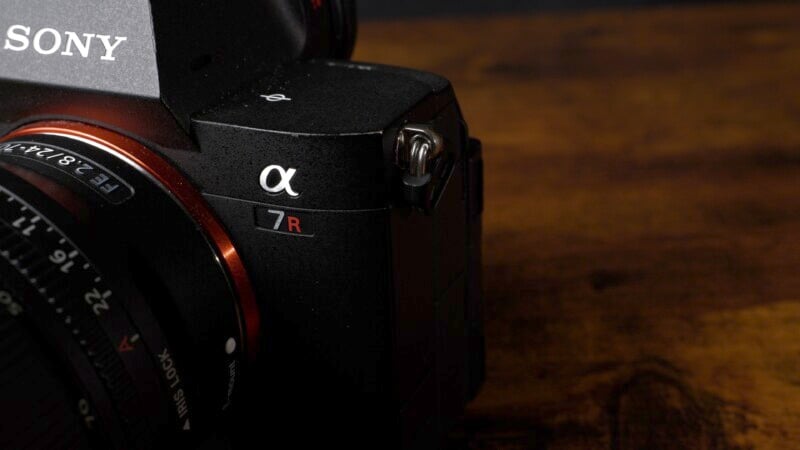
Image Quality
This is another very subjective category and I’m not going to evaluate color science for this reason. I also think that all three of these cameras take stunningly beautiful images and I would be happy with any of them. But the Canon EOS R5 II does come up a little short in this regard.
It has plenty of detail with its 45-megapixel sensor and dynamic range is decent too. However, Canon insists on baking noise-reduction into its images which does clean up a bit of visible noise but at the expense of some detail. We prefer to have the choice to apply more noise reduction in editing if we want to rather than have it done for us permanently.

Second place goes to the Nikon Z8 which does a remarkable job with its electronic-only shutter setup. Shooting in electronic shutter mode does cost some dynamic range but the Z8 gets some of this back with a low base ISO of 64. If you can afford to give it more light you will get an improvement over the Canon R5 II. At 45-megapixels it has all the detail you’ll need.
First place goes to the Sony A7RV because of its excellent sensor and ultra-high megapixel count. Dynamic range is slightly better than the other two cameras and it maintains this advantage at higher ISO values too.
It also delivers this extra range at a whopping 60 megapixels, and although not everyone needs this amount, having extra pixels for cropping or printing large is always useful.
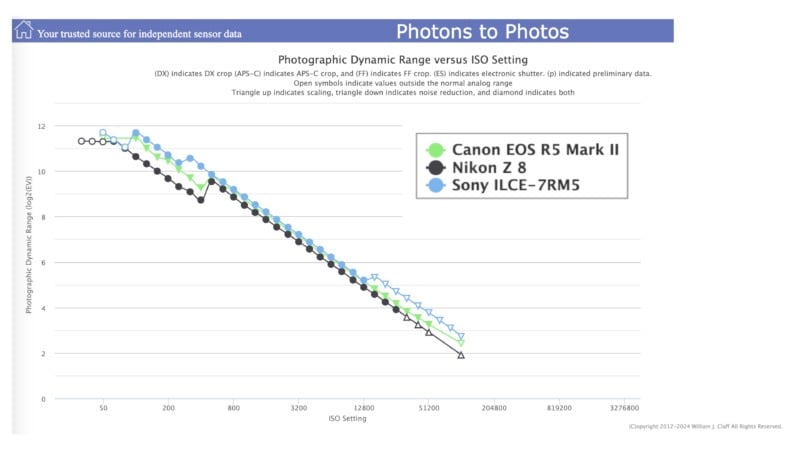
Action Photography
When it comes to action photography the Sony a7R V is at a distinct disadvantage. The higher megapixel count hurts the burst rates and limits it to only six frames per second (FPS) with full-quality RAW files. You can push to 10 FPS but you give up dynamic range.
Sony has excellent general-purpose autofocus but the convoluted customization of the focusing can be a little intimidating. It is perfectly capable of street and wedding photography there are better cameras for more demanding work.
Second place belongs to the Nikon Z8 which has excellent 3D tracking autofocus. The autofocusing performance was improved with recent firmware updates and is very reliable overall. Where the Z8 really shines is with its electronic shutter which has minimal rolling-shutter and allows for incredible burst speeds.
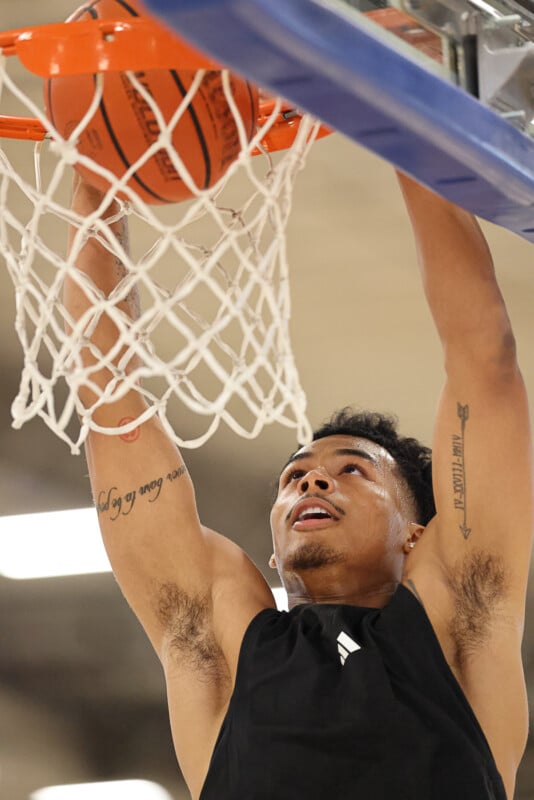
The Z8 can push up to 20 FOS with autofocus and at full quality. This is more than most shooters will need and allows for the decisive moment to be captured consistently.
A surprising first place goes to the Canon EOS R5 II and its highly innovative focusing. Its burst speeds are blistering as well with a maximum of 30 FPS available in RAW. However, the big changes come in the form of novel technology that actually works.
Canon has a new action priority mode which is specific to sports like soccer, volleyball, and basketball. This sets the camera up to ignore classic obstacles like volleyball nets and allows for intelligent prediction of player positions and placement.
I also love the eye-control AF which — if it works for your eyes (and that’s a big if) — is an intuitive way to lock on to subjects. I find it a very simple and fast way to start my autofocusing point right where I look with my eyes, but admittedly, the calibration process can be buggy and many people simply can’t make it work.

Video
The Sony a7R V struggles when it comes to video and that puts it firmly in third place. Its issues largely stem from the 60-megapixel sensor which isn’t ideal for video work. 8K and 4K record modes require detail-robbing subsampling or a heavy crop, and rolling-shutter problems are prevalent due to the slow read-out speeds.
Second place goes to the Canon EOS R5 II. Video was substantially upgraded from the original due to the new stacked sensor inside. You can now record C-Log2 for excellent dynamic range and rolling-shutter is greatly reduced as well. You can also record raw video with good compatibility across various editing programs. The only thing holding it back is the subsampled 4K 60P footage.
The Nikon Z8 still comes out as one of the best hybrid cameras around. It has an excellent interface to implement tracking autofocus in video and has oversampled 4K 60P video as well. Nikon N-Raw is easy to work with and the new RED Luts are perfect for fine-tuning your log-recorded footage. If you want a camera that can handle both photo and video in almost any situation, the Z8 is a perfect choice.
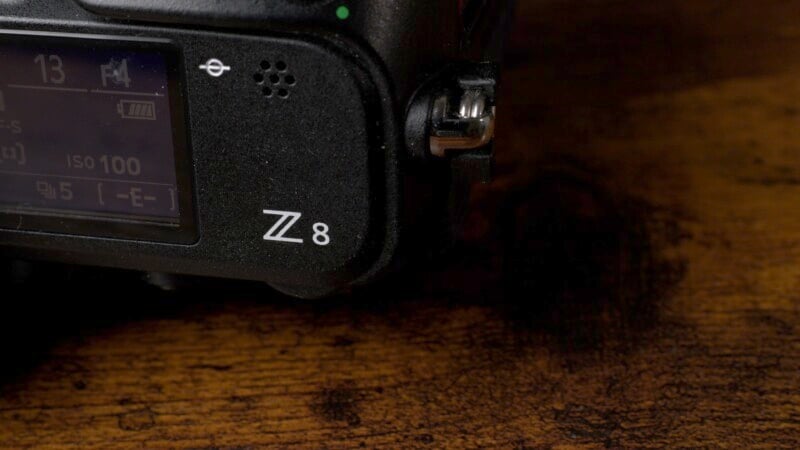
The Winner
So, looking at our tally, the Canon EOS R5 II came out on top this time, although points don’t really mean anything in the grand scheme of things — they just serve as a way for us to easily break down what each of these cameras does best. All three of these cameras are excellent tools but the Sony a7RV is ideal for photography where maximum image quality it desired and fast action shooting or video are not major priorities.

The Nikon Z8 still proves to be an awesome choice as an all-around platform that can handle any situation. Many shooters will prefer the larger size and weight as well, and there is no denying how capable the Z8 is for many genres of photography. It’s also priced the lowest of the three.
The new Canon EOS R5 II shows major improvements this year, with excellent video upgrades and very effective autofocus performance for sports and wildlife. I love the handling and versatility of the latest improvement to an already well-regarded camera. Because it is the most recent camera on the market it prices out at a somewhat higher $4,299.
In the end, most users will go with the lens mount and camera brand that they have already invested in. The good news is that no matter which way you go, modern high-end mirrorless cameras are competitive and offer very useful capabilities for the majority of photographers out there.
[ad_2]